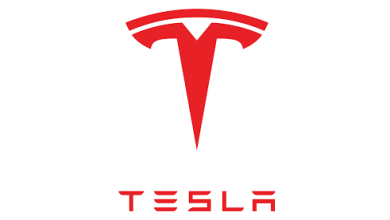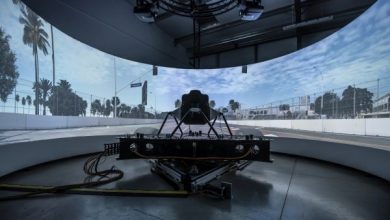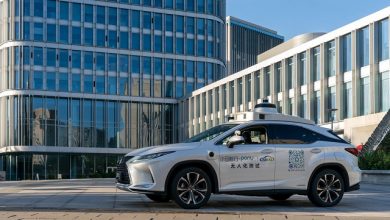BlinkAI’s RoadSight to Enhance Visible-light Cameras in Autonomous Vehicles
BlinkAI Technologies, a provider of AI software for enhancing camera imagery, recently announced RoadSight, a software solution designed specifically for improving the performance of visible-light cameras on automobiles within low-light conditions. Advancing beyond the conventional Image Signal Processor (ISP) pipeline, the product utilizes patented machine learning algorithms and computer vision to achieve up to 500% higher scene illumination that improves object detection and other computer vision tasks in challenging low-light driving scenarios.
In addition to improving the detection of pedestrians and vehicles through front-facing, visible-light cameras in autonomous cars and advanced driver-assistance systems (ADAS) in traditional automobiles, RoadSight also claims to enhance interior cabin monitoring and better illuminates the side and rear cameras during nighttime or early morning parking scenarios. It claims its software solution can be seamlessly integrated via System-on-Chip (SoC) environments with automotive image sensors to improve onboard camera efficacy and reliability in all types of low-light situations.
“Biological sight is incredibly efficient and BlinkAI has patented a new way to enhance how automotive cameras see the road with artificial neural networks that mimic the way the human visual system works,” said Bo Zhu, Co-founder and CTO of BlinkAI Technologies. “As the automotive industry seeks to achieve robust computer vision in challenging visual environments, maximizing visual information is critical for high accuracy in downstream perception tasks. Roadsight offers cost-effective computational solutions for conventionally limited camera hardware performance.”
BlinkAI is currently collaborating with top automotive manufacturers and automotive technology suppliers to trial the functionality of its technology in both autonomous and traditional vehicles within poor lighting and bad weather environments. In addition to mitigating potential collisions in nighttime driving scenarios, the company is working to enhance the accuracy of a broad class of automotive perception tasks by providing real-time, high-quality images as a foundation for computer vision applications.
Source: Press Release




